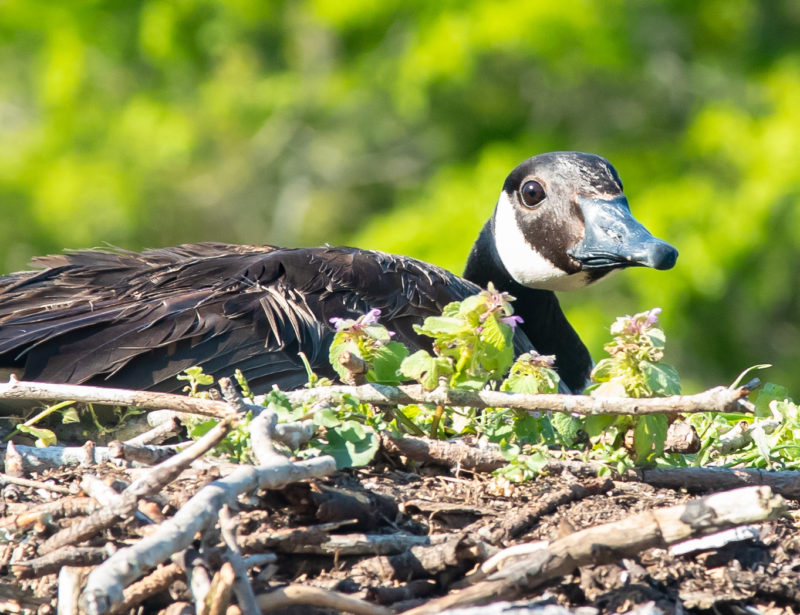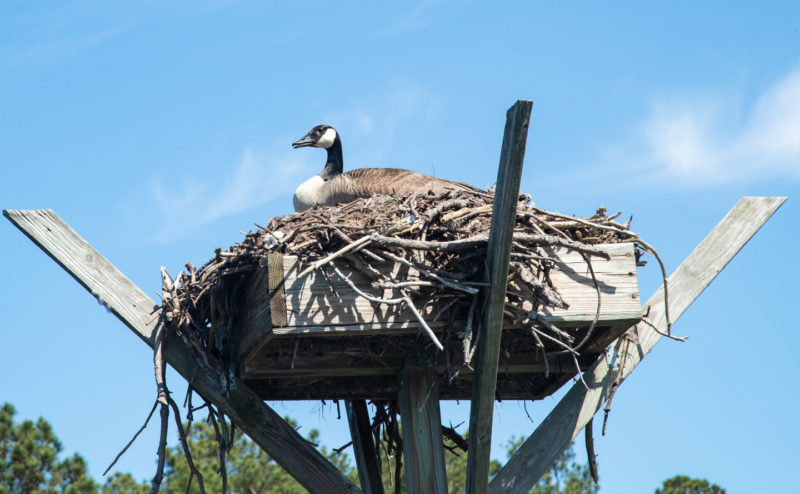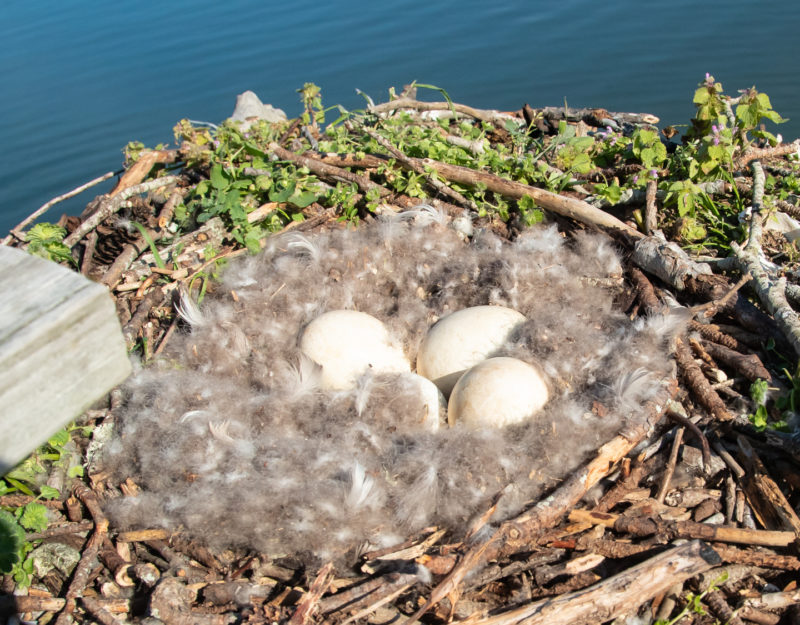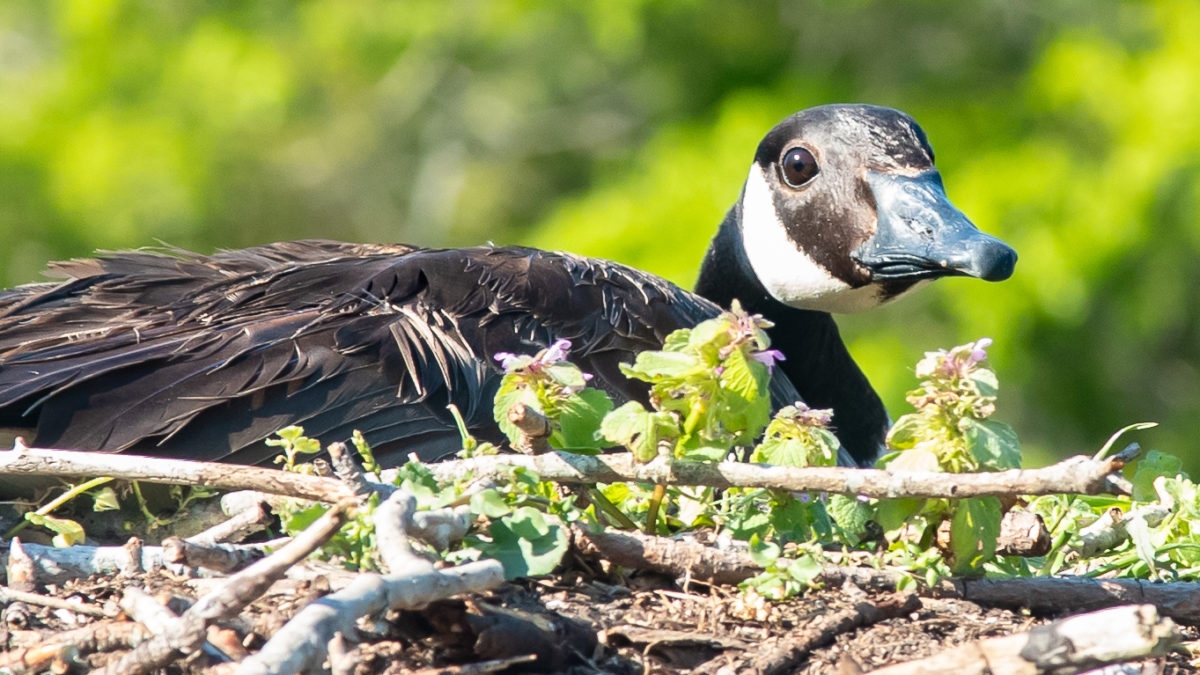Resident Canada geese and osprey

Lower Susquehanna Eagles
July 18, 2024
Chesapeake Bay ospreys continue to experience poor breeding performance due to starvation
September 11, 2024By Bryan Watts
7/17/24
Historically, the Canada goose was a migratory species throughout most of the United States arriving in November to most wintering grounds and leaving in March to migrate back to northern breeding areas. From the 1950s through the 1970s, a year-round resident breeding population was established throughout much of the northern U.S. by the escape and intentional release of pen-raised birds. The newly established population now includes millions of individuals that are widely distributed. In Virginia the population is estimated to be growing at a rate of 10-15% per year. The rapid increase is believed to reflect the exploitation of human-related food sources and low predation pressure. Canada geese within urban settings also benefit from being shielded from hunting pressure.

Resident Canada geese have become a nuisance species over much of their current range. They consume agricultural crops, hay, turf and landscaping plants. Geese are considered vectors for Salmonella to both livestock and humans. Geese foul gulf courses, parks and private residences. Birds around airports are now a major hazard for aviation. As the population expands, the costs for mitigating these impacts continues to rise.

Beginning in the 1990s we observed small numbers of resident Canada geese using both osprey and bald eagle nests throughout the Chesapeake Bay. In the early years, these observations were considered oddities and there did not appear to be any reason for management concern. However, over the past decade as the population has increased rapidly, displacement of osprey from nests has become an issue of growing concern.

During the 2024 nesting season we documented 84 osprey nests with recent osprey use that had been taken over by nesting Canada geese. This figure represents approximately 15% of all osprey structures included in the 2024 sample. Geese were found nesting on osprey structures within all 12 study areas monitored. Although incubating geese were found within residential/urban areas, they were also found within agriculturally dominated and forested landscapes. The impact of geese on nesting osprey is not clear. The interaction is expanding and certainly warrants further examination. Canada geese have high reproductive potential and clutches that we observed contained an average of 5.5 eggs. Large flocks were observed throughout many of our osprey study areas. Management remedies should be explored.




